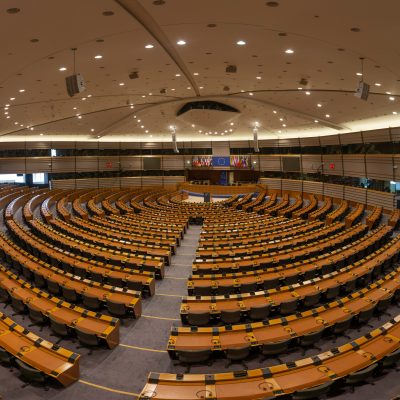Transnistria, in the shadow of the war in Ukraine

Two years of war in Ukraine have accentuated economic dependence and social vulnerabilities in Transnistria. The Moldovan separatist region is at risk of collapse as the prospect of its reintegration into Chisinau is revived.
On 28 February 2024, just a few days after the second anniversary of the start of the war in Ukraine, the President of Transnistria, Vadim Krasnoselski, convened a congress bringing together the political elite of this breakaway region of Moldova. This Transnistrian initiative, which called for Russian protection (with over 200,000 of its inhabitants reportedly holding Russian passports), similar to pre-war situations in Georgia and Ukraine, raised concerns among international observers about the immediate extension of the Ukrainian conflict to this territory bordering southern Ukraine. However, the widespread fear reported by international media contrasted sharply with the local calm regarding the risk of opening a new front. Over the last two years, Moldova and, within it, Transnistria have witnessed significant transformations that have shaped its political, economic and social dynamics, no doubt explaining the gap in perceptions. Despite appearances, the current danger for Transnistria in the short term is probably less military stricto sensu than socio-economic,
and therefore less the risk of escalation than of collapse.
This paper aims to analyse these developments and assess their implications for Transnistria and the prospects for resolving the Transnistrian conflict1. It begins by examining the strategic front of the war in Ukraine, highlighting the contradictions and complexities of the interactions between Transnistria, which is striving for survival, and the conflict raging on its borders. Next, it explores the shift in the security status of the separatist region from military risk to socio-economic vulnerability, analyzing how he war has threatened the stability of this separatist entity. Finally, it considers the present prospects, between European integration and the reintegration of Transnistria into Moldova, to understand possible future directions for the region.




